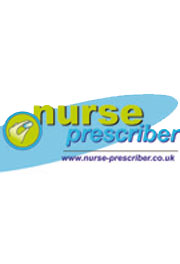No CrossRef data available.
Article contents
Oropharyngeal Candidiasis: A review of Current Intervention Strategies
Published online by Cambridge University Press: 22 June 2006
Extract
Summary This article sets out to review recent research studies pertaining to the drug treatment of oropharyngeal candidiasis in infants. The main aims of treatment programmes are to resolve signs and symptoms of the infection; and minimise drug induced resistance, with minimal adverse side effects. A search for clinical evidence using Medline, Nursing Index and Embase between 1995 and 2003, produces no systemic reviews, no placebo controlled trials only three random control trials for the treatment of oropharyngeal candidiasis in infants. Three independent randomised control trials with samples of infants with oropharyngeal candidiasis (who were not immuno-compromised), compare the three main drug treatments of choice for infants, i.e. miconazole gel, clotrimazole (nystatin) suspension, and fluconazole suspension. The randomised trial of these infants found that miconazole gel had a significantly higher cure rate compared with nystatin suspension. At day 12 of the trial there was a 99% cure rate with the use of miconazole gel (25 mg QDS) compared to only a cure rate of 54% with nystatin suspension (100 000 IU QDS) (P> < 0.0001). The evidence from these studies suggest that miconazole gel (25 mg QDS) is the drug of choice for health visitors treating infants with oropharangeal candidiasis, as it is a safe and effective and cost effective treatment regime from birth.
Keywords
- Type
- Focus On
- Information
- Copyright
- © 2006 Cambridge University Press




